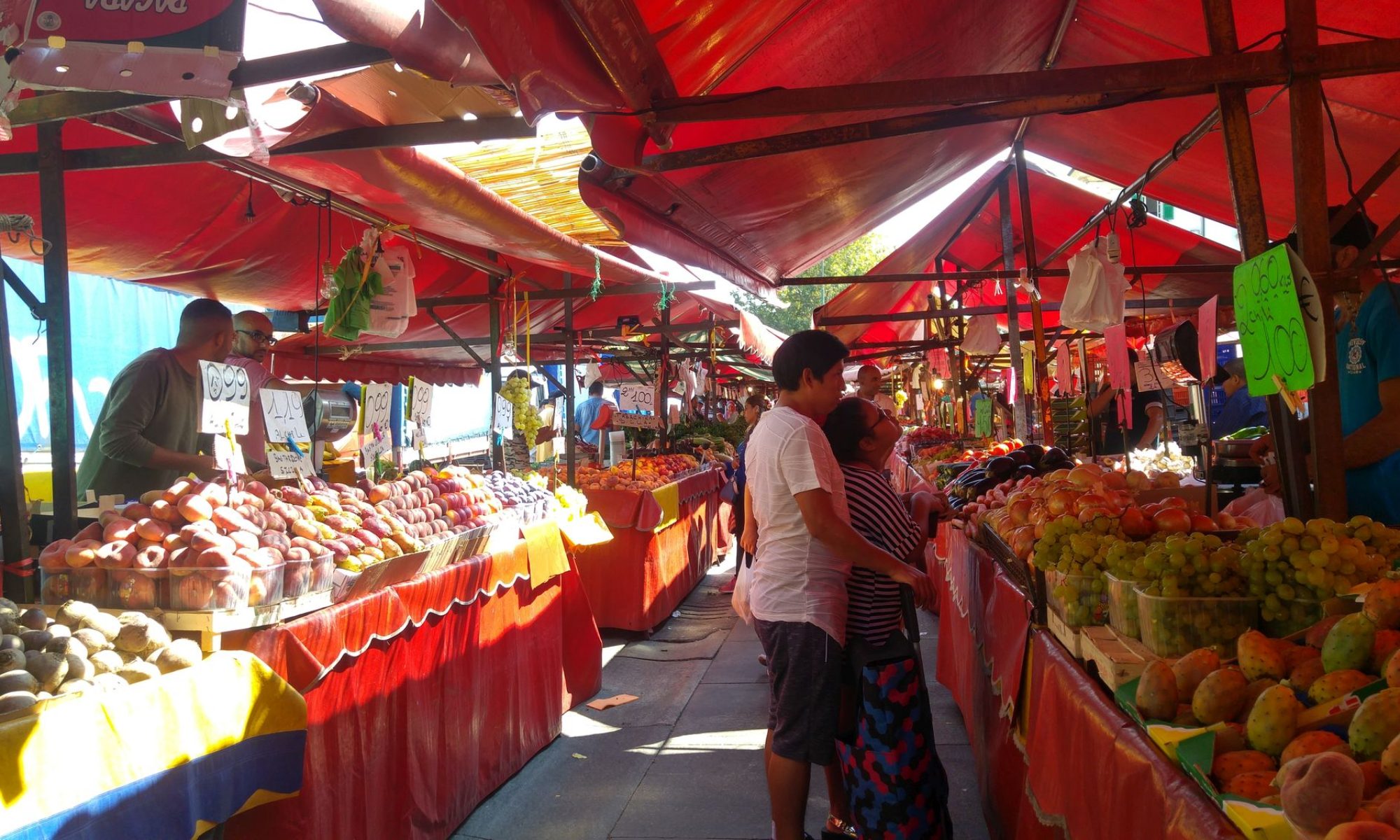Tuesday to Thursday, 9 to 11 October, 2018
We were staying in the New Ghetto. There’s the new ghetto and the old ghetto. The story gets a bit confusing. At any rate, the Ghetto of Venice is the oldest in the world.
In medieval times this part of the Cannaregio had a getto (foundry) pronounced jetto in Italian. Eventually the German Jews’ pronunciation took over, with the hard G it has today. From the 16th to 19th centuries it became the Jewish quarter. By a 1516 decree, all Jews were locked into the gated island of the Ghetto Nuovo (New Foundry) from sunset to sunrise. At night only doctors were allowed to leave, since they were known to be very good at their art. During the Spanish Inquisition in 1541, there was no place to put everyone and so people moved into the upper storeys. The conditions were awful.
Numbers kept growing and the Ghetto was extended into the neighbouring Ghetto Vecchio (Old Foundry). This creates the confusion where the older Jewish area is called the New Ghetto and the new is the Old Ghetto. At any rate, we were in the New Ghetto, on a street called Ghetto Novissimo.
When Venice fell to Napoleon in 1797 Jews were free to roam and the ghetto was briefly renamed the Contrada dell’unione. It didn’t last long – just six moths. In 1866 Venice joined Italy and Jews were emancipated. Then when the Nazis occupied Venice, many escaped but 246 were arrested and sent to concentration camps. Only eight of these survived.
In 1797 the French army of Italy, commanded by the 28-year-old General Napoleon Bonaparte, conquered Venice, dissolved the Venetian republic, and ended the ghetto’s separation from the city. In the 19th century, the ghetto was renamed the Contrada dell’unione.
Today, the Ghetto is still the main Jewish cultural area of Venice, although only a few of the some 450 Jews of Venice live here. There’s a museum, synagogues, and shops that sell food and Judaic items. The wooden gate surrounds are still there as reminders of the days when Jews were prisoners of the island.





















On our street in the New Ghetto, on many of the door frames were indentations. They gave me pause.



They were unmistakably where mezuzahs (a parchment inscribed with religious texts and attached in a case to the doorpost of a Jewish house as a sign of faith) had once been. Had the tenants left and taken theirs with them? Had the tenants been turfed out? Had the mezuzahs been taken out to hide the inhabitants’ faith? Had they been removed by bigots? I don’t know but the indentations are there to remind us who first lived there.They had been there since the houses were built, imbedded as they had been in the frame.
An interesting article in the Guardian
My Venice Chapters
